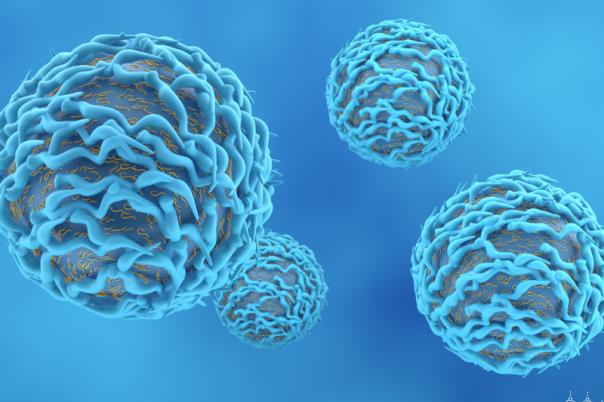Robert Getzenberg, Medical Director of Diagnostics at Astellas, began by announcing that the FDA approved a new diagnostic biomarker around a week before his presentation, marking an exciting breakthrough in biomarker development. The Claudin family is a growing area of interest in oncology research. Claudin 18 is a biomarker with different isoforms. Scientists have taken advantage of these different isoforms, specifically their tissue specificity. Claudins have a role in malignancy so once they are detected, prognostic implications relate to gastric and GEJ cancers, concordance, and heterogeneity.
Claudin 18.1 is expressed in normal lung tissue. Claudin 18.2 is a member of the tight junction protein family and is expressed in tumour tissues and stomach tissues but no other normal tissues. According to Getzenberg, Claudin 18.2 is not the typical cancer biomarker because it is not a result of overexpression but is due to changes in cell organisation during transformation.
Claudin 18.2 is expressed in all normal gastric mucosa, making it a viable signature for gastric mucosa and a good marker of stomach cancer. The next step requires determining its precise role in malignancy, but Getzenberg explained that this remains unclear because we don’t know whether it’s a cause or effect.
Immunohistochemistry was used to detect Claudin 18.2. The detection showed that its prevalence in gastric cancer is around 38%, with similar rates in both primary and metastatic tissues. Two phase III clinical trials with around 4,500 patients confirmed 38% of the prevalence of Claudin 18.2-positive gastric cancers. The therapeutic approach to Claudin 18.2 involves targeting the protein in cancer cells which opens up access for antibodies and other therapeutics due to changes in cell organisation during cancer progression.
Overall, Claudin 18.2 is not prognostic, so instead of predicting patient outcomes it serves as a means of identifying which patients may benefit from targeted therapies. This highly unique biomarker has shown vital clinical relevance in gastric and pancreatic cancer. Getzenberg reiterated that it is easy to detect with straightforward IHC and exciting times lie ahead as it has been used in clinical practice and led to the FDA approval of the companion diagnostic and VLOY zolbetuximab drug.




